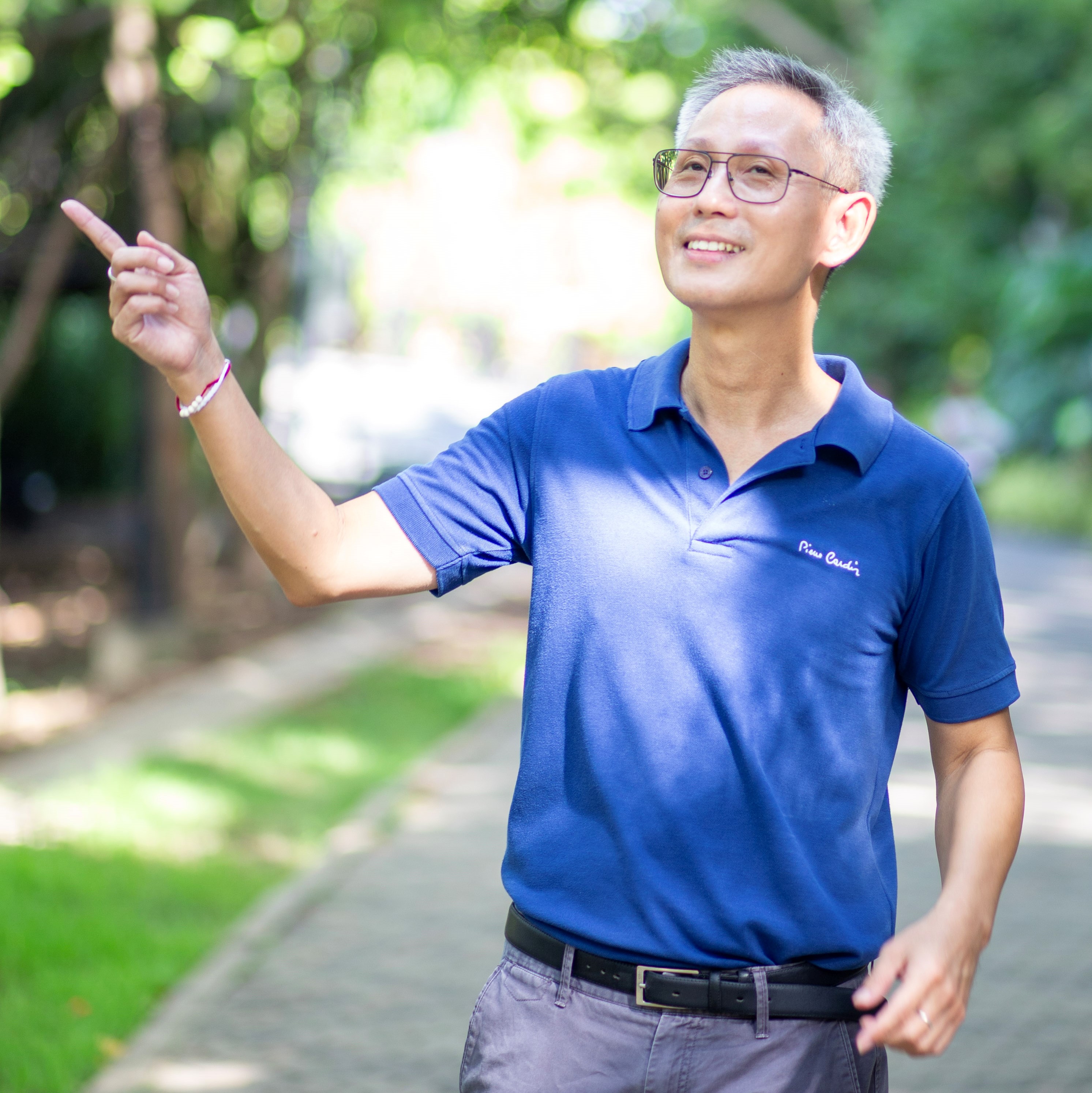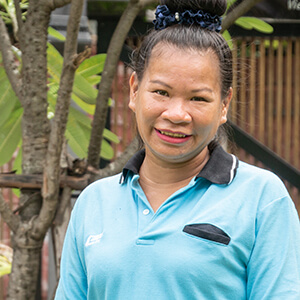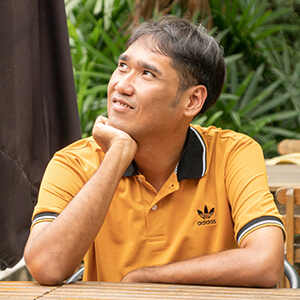What Does “Ka” Mean in Thai Language?
“Ka” (sounds like car) in Thai language is a polite particle that women should use. This small word transforms instantly your speech from rude to respectful, making it one of the most crucial words for female travelers in Thailand.
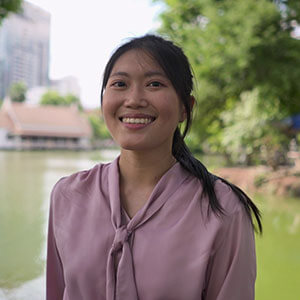
Patthicha ‘Ticha’ Sinaudomphaisan
Tour Guide License No. 1-034630
Why “Ka” in Thai Language Matters for Women
When you speak Thai without “ka,” locals perceive your speech as harsh. However, adding “ka” makes you sound polite and culturally aware. Therefore, mastering “ka” in Thai language is essential for positive interactions.
Key Benefits:
- Shows respect for Thai culture
- Creates warmer conversations with locals
- Prevents misunderstandings
- Demonstrates language effort
How to Use “Ka” in Thai Language Correctly
Gender Rules for “Ka” in Thai Language
The usage of “ka” in Thai language depends on your gender:
Women speakers: Always use “ka” (คะ/ค่ะ) Men speakers: Use “krub” instead (ครับ)
Important: Your gender determines which particle you use. This differs from other languages where the listener’s gender matters.
When to use it
Simply add “ka” to the end of:
- Sentences
- Questions
- Single words
- Greetings
- Sometimes it’s the only word in an informal “thank you”

Jittiya ‘Kim’ Chaweerak
Tour Guide License No. 1-025791
Essential Phrases Using “Ka” in Thai Language
Everyday Conversations
Here are must-know phrases with “ka” in Thai language:
Greetings:
- Hello: “Sawasdee ka”
- Goodbye: “Sawasdee ka”
Polite Requests:
- Thank you: “Kop khun ka”
- How much?: “Tao rai ka”
- Bathroom: “Hong nam ka”
Common Needs:
- Not spicy: “Mai ped ka”
- Excuse me: “Kor toht ka”
- Help me: “Chuay dai mai ka”
Pronunciation of “Ka” in Thai Language
Two Main Forms
“Ka” in Thai language has two written forms:
- คะ (short ka – said like car) – Used in questions
- ค่ะ (long ka – said like caaaar) – Used in statements
Both sound similar to native English speakers, but don’t worry about perfect tones initially. Even an imperfect effort wil be appreciated.
Pronunciation Tips
- Keep it simple and short
- Focus on clarity over perfection
- Listen to Thai women speaking
- Practice daily phrases consistently

Nakarn ‘Nemo’ Thongdeesuntron
Tour Guide License No. 1-012068
Cultural Significance of “Ka” in Thai Language
Respect and Politeness
Using “ka” in Thai language shows cultural understanding. Additionally, Thais appreciate foreigners who make this effort, so you’ll likely receive warmer treatment and better service.
The “Wai” Connection
Combine “ka” with the traditional “wai” greeting:
- Place palms together at chest level
- Bow slightly while speaking
- Add your phrase with “ka”
- Smile naturally
This combination maximizes respect and cultural appreciation.
Common Mistakes with “Ka” in Thai Language
What to Avoid
Never use “krub” as a woman, this is exclusively for men. Don’t skip “ka” entirely, it’s better to overuse than underuse. Don’t stress about perfect pronunciation, effort matters most.
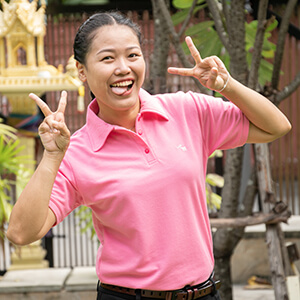
Waree ‘Apple’ Singhanart
Tour Guide License No. 1-029055
Advanced Tips for “Ka” in Thai Language
Building Confidence
Start with these simple steps:
- Master “Sawasdee ka” first
- Then add “Kop khun ka” next
- Practice “Tao rai ka” for shopping
- Gradually expand your vocabulary
Real-World Practice
Use “ka” in Thai language during:
- Restaurant orders
- Shopping negotiations
- Asking directions
- Hotel interactions
- Transportation requests
Conclusion: Your Journey with “Ka” in Thai Language
Mastering “ka” in Thai language is your gateway to authentic Thai culture. This simple word opens doors and hearts throughout Thailand. Therefore, start using “ka” today and watch how it transforms your Thai experience.

Marwanee ‘UR’ Mahlee
Tour Guide License No. 1-010948

